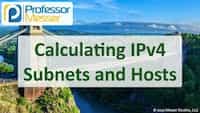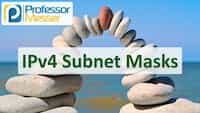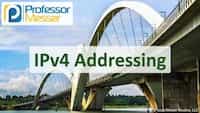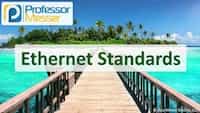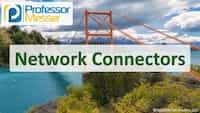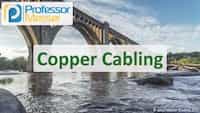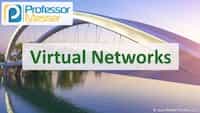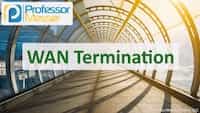IPv6 Subnet Masks – N10-008 CompTIA Network+ : 1.4
The need to subnet is minimized in IPv6, but there are still subnetting fundamentals that are important to know. In this video, you’ll learn about IPv6 subnetting and how most networks implement IPv6 subnet masks. << Previous Video: IPv6 Addressing Next: Configuring IPv6 >> On the internet, we have a formal process on how IP […]
IPv6 Subnet Masks – N10-008 CompTIA Network+ : 1.4 Read More »


